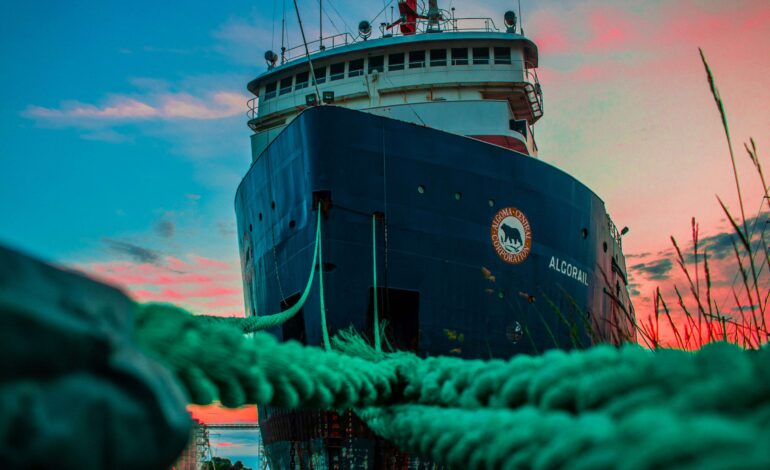
Alternative Fuels: The Rise of LNG as a Marine Fuel
In recent years, the maritime industry has been undergoing a transformative shift towards cleaner and more sustainable fuel options, with liquefied natural gas (LNG) emerging as a prominent alternative. LNG, known for its lower emissions profile compared to traditional marine fuels, is gaining traction as a viable solution to meet stringent environmental regulations while enhancing operational efficiency in shipping.
The Environmental Imperative
One of the primary drivers behind the adoption of LNG as a marine fuel is its significantly reduced emissions profile. LNG emits lower levels of sulfur oxides (SOx), nitrogen oxides (NOx), and particulate matter compared to conventional fuels like heavy fuel oil (HFO). This reduction in pollutants not only improves air quality around ports and shipping lanes but also helps shipping companies comply with increasingly stringent international regulations aimed at curbing emissions and mitigating climate change.
Technological Advancements and Infrastructure
The integration of LNG into the maritime industry has been supported by significant advancements in bunkering infrastructure and technology. Specialized LNG bunkering vessels and terminals have been developed to facilitate the safe and efficient transfer of LNG to ships. These facilities ensure that vessels can refuel with LNG seamlessly during their operations, reducing downtime and enhancing logistical efficiency.
Moreover, innovations in LNG propulsion systems have enabled ships to operate with dual-fuel engines that can switch between LNG and diesel or HFO as needed. This flexibility allows vessels to navigate through emission control areas (ECAs) and comply with regional emission regulations without compromising performance or reliability.
Economic Considerations and Market Dynamics
Beyond environmental benefits, the economic feasibility of LNG as a marine fuel is increasingly favorable. While initial investments in LNG infrastructure may be significant, ongoing operational savings can offset these costs over the vessel’s lifecycle. Lower fuel consumption rates and stable LNG prices relative to conventional fuels contribute to long-term cost efficiencies for ship operators.
Furthermore, LNG’s availability and scalability in global markets are expanding, driven by growing investments in liquefaction infrastructure and LNG bunkering facilities at key ports worldwide. This infrastructure development supports the scalability of LNG as a viable marine fuel option, catering to the diverse needs of the shipping industry.
Challenges and Future Outlook
Despite its advantages, the widespread adoption of LNG as a marine fuel faces several challenges. These include regulatory uncertainties, upfront infrastructure costs, and concerns over methane slip during LNG combustion. Addressing these challenges requires continued collaboration among industry stakeholders, regulatory bodies, and technology providers to develop standardized safety protocols, optimize LNG supply chains, and mitigate environmental impacts effectively.
Looking ahead, LNG is poised to play a crucial role in the transition towards a more sustainable maritime sector. Continued advancements in LNG technology, coupled with supportive regulatory frameworks and industry collaboration, will be key in unlocking the full potential of LNG as a marine fuel. As global shipping strives to achieve decarbonization goals and reduce its environmental footprint, LNG stands out as a viable alternative fuel that offers both environmental benefits and operational advantages in the evolving maritime landscape.





